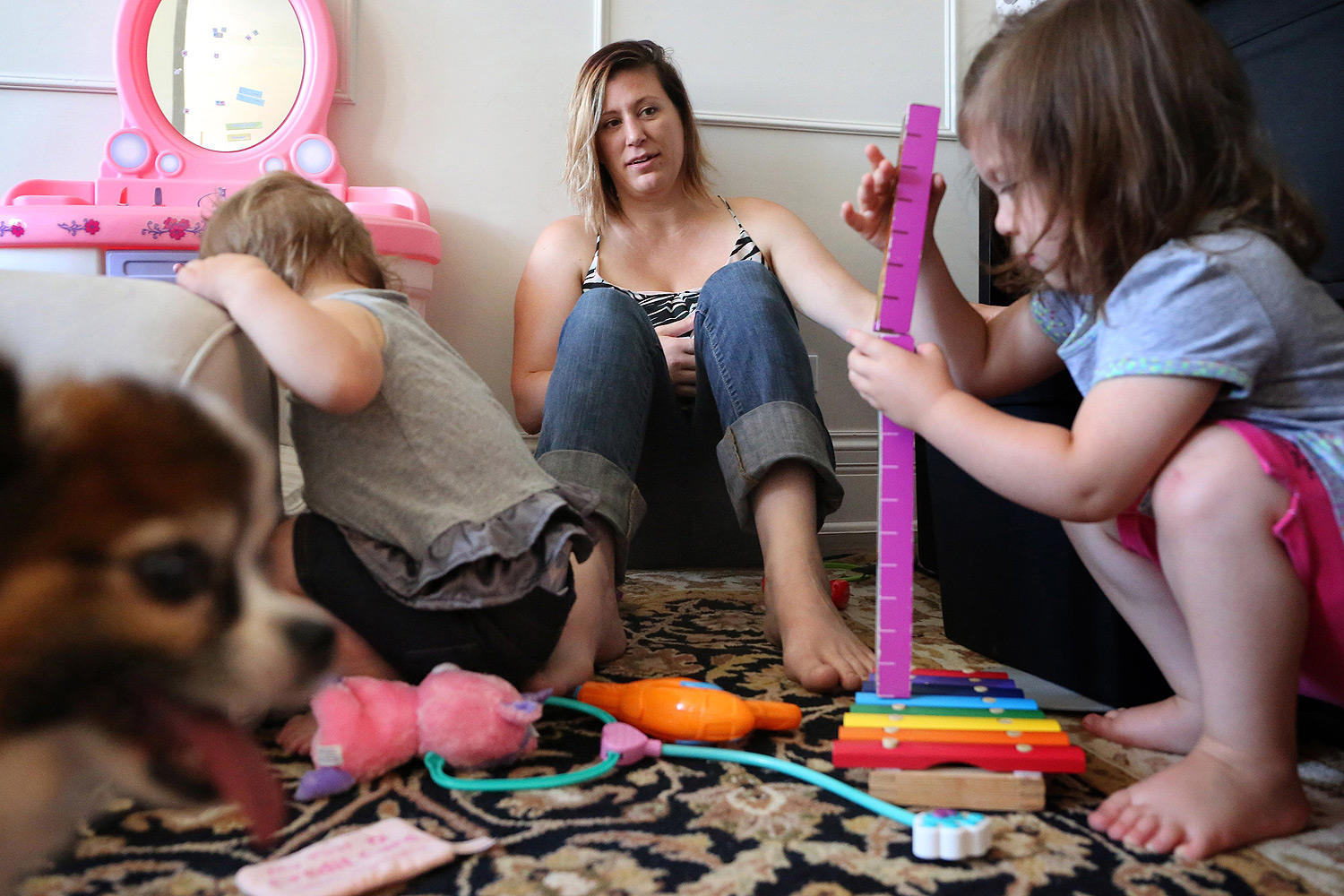At an Equal Pay Day rally at the Daley Plaza yesterday, female leaders across the city highlighted the persistence of the gender wage gap in the United States. “Today is not a celebration. It’s a reminder of the work we still have to do to guarantee equal pay,” said Barbara Yong, founder of Equal Pay Day Chicago, to attendees in the packed lobby. Yong, a partner at the law firm Golan Christie Taglia, started the rally eight years ago to raise awareness about pay equality.
This year’s Equal Pay Day seems to take on new significance in light of the #MeToo movement and the surge of women running for political office in the midterm election. But despite recent action to promote gender equality, the wage gap still exists, with women in the United States earning 80 cents for every day dollar a man makes, according to 2018 data from the National Partnership for Women and Families. That equals an average of $900 billion every year in lost wages for women employed full time.
On Equal Day Pay, Mayor Rahm Emanuel signed an executive order prohibiting the any city department from asking job applicants about their salary history. “By signing this executive order, we are taking action to say that this practice has no place in our City and taking a significant step towards closing the gender pay gap,” said Emanuel. Several states and cities like New York City already ban private and public companies from asking about a candidate’s pay history.
But if you think Illinois is doing a better job than the rest of the US to eliminate wage inequality think again. According to the Institute for Women’s Policy Research, Illinois isn’t projected to close the wage gap until 2065, six years behind the country in 2059. And Illinois ranks number 28 on a state wage gap breakdown, according to the National Women’s Law Center. Overall, women in Illinois earn 79.3 cents for every dollar a man makes, which is on par with the national average. But that number looks worst for minorities in the state, with African-American women making 62.8 cents for every dollar and Hispanic women earning even less at 48.5 cents for every dollar earned by a man. For a city with Chicago, with almost equal demographics of white, African American and Hispanic residents, that’s a large segment of the population.
Chicago City Clerk Anna Valencia, who spoke at the Equal Pay Day rally, called out the gender pay gap disparity among minority women, saying later that, “the difference [in pay] means stark inequality across our city and our neighborhoods.” She said that equal pay is about more than a job, but about paying for basic necessities such as a mortgage, childcare, and healthcare. “Equal pay will mean that women will be better able to invest in themselves, in their families and in their communities regardless of the color of their skin or what neighborhood they live in,” Valencia told Chicago.
In 2003 the Illinois Equal Pay Act barred employers from paying women less than men for the same or similar work, though the law clearly has not closed the wage gap. New bills in the Illinois legislation are poised to address pay equality at the state level. HB 4163, introduced for a second time by Rep. Anna Moeller, would prevent employers from asking salary history and SB3100, introduced by Sen. Jennifer Bertino-Tarrant, amends the Equal Pay Act of 2003 by requiring that companies self-evaluate their pay practices and submit those to the Department of Labor. SB3100 also prohibits an employer from asking about salary history.
One of the major issues associated with the wage gap for women is having children. A 2009 study of the earnings of Booth School of Business at University of Chicago MBA graduates between 1990 and 2006 showed that men earned an average of $130,000 at graduation and women earned $115,000. Nine years later that gap jumped significantly with men earning an average of $400,000 and women earning $250,000. Career interruptions and differences in weekly hours both attributed to the wage gap. Vox broke down the study to show how childcare, often the responsibility of females, led to the wage gap by leaving women less time to work as their male colleagues or take on a lesser paying job for a flexible schedule. Women in more flexible professions like in the healthcare industry where workers can be rotated in and out for the same job are less likely to see a wage gap than those in industries that work during the typical 9-5 business day.
Recent evidence states more clearly that having children can hurt women’s earnings. “A series of recent studies shows that in both the United States and Europe, the gender pay gap is much smaller until the first child arrives. Then women’s earnings plummet and their career trajectories slow. Women who do not have children, by and large, continue to grow their earnings at a similar rate to men,” writes Claire Cain Miller in Upshot for The New York Times. In Chicago 25.5 percent of households have at least one child under the age of 18, the majority living in either a married or female-led household, leaving a significant portion of the city directly impacted by the “motherhood penalty.”
But even without factoring in children, women are still making less than men. “Even though women have increased their presence in higher-paying jobs traditionally dominated by men, such as professional and managerial positions, women as a whole continue to be overrepresented in lower-paying occupations,” according to a new Pew Research Report on the wage gap.




